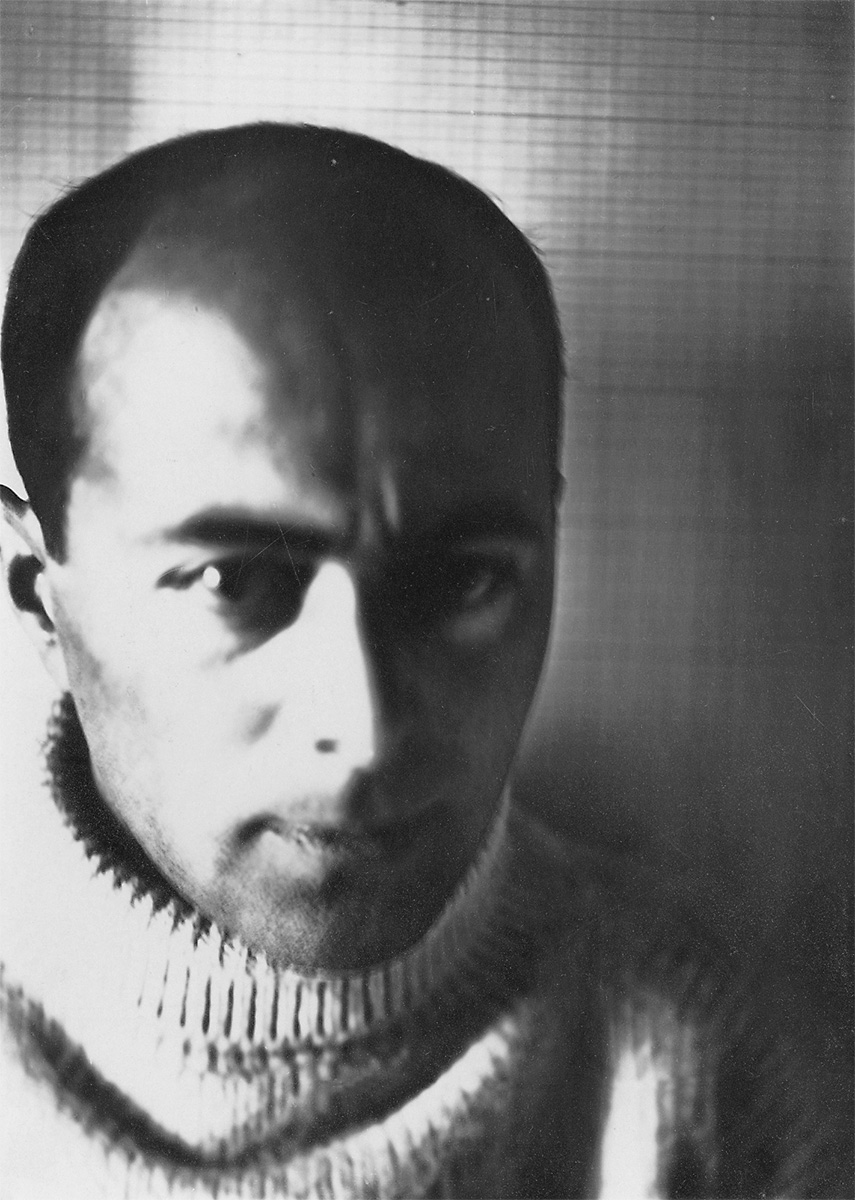Lazar Markovich Lissitzky, known as El Lissitzky, was a Russian artist, designer, photographer, typographer, polemicist and architect. He was an important figure of the Russian avant-garde, helping develop suprematism with his mentor,
Kazimir Malevich, and designing numerous exhibition displays and propaganda works for the Soviet Union. His work greatly influenced the Bauhaus and constructivist movements, and he experimented with production techniques and stylistic devices that would go on to dominate 20th-century graphic design.
Lissitzky's entire career was laced with the belief that the artist could be an agent for change, later summarized with his edict,
"das zielbewußte Schaffen" (goal-oriented creation). Lissitzky, of Lithuanian Jewish оrigin, began his career illustrating Yiddish children's books in an effort to promote Jewish culture in Russia. When only 15 he started teaching, a duty he would maintain for most of his life. Over the years, he taught in a variety of positions, schools, and artistic media, spreading and exchanging ideas. He took this ethic with him when he worked with Malevich in heading the suprematist art group
UNOVIS, when he developed a variant suprematist series of his own,
Proun, and further still in 1921, when he took up a job as the Russian cultural ambassador to Weimar Germany, working with and influencing important figures of the Bauhaus and De Stijl movements during his stay. In his remaining years he brought significant innovation and change to typography, exhibition design, photomontage, and book design, producing critically respected works and winning international acclaim for his exhibition design. This continued until his deathbed, where in 1941 he produced one of his last works – a Soviet propaganda poster rallying the people to construct more tanks for the fight against Nazi Germany. In 2014, the heirs of the artist, in collaboration with
Van Abbemuseum and leading worldwide scholars on the subject, established the
Lissitzky Foundation in order to preserve the artist's legacy and to prepare a catalogue raisonné of the artist's oeuvre.
Source: Tate
Margarita Tupitsyn included the essays by
Ulrich Pohlmann and
Mathew Drutt in her book
Beyond the Abstract Cabinet (1999). This book was aimed at an audience with an interest in Russian photography and modernism. The essays in this book brought Lissitzky’s work to limelight. The essays mention various aspect of his work. From 1922 to 1925, Lissitzky experimented with photograph collage and photograms.
While working on photograms, Lissitzky experimented with photomontage as well. He was able to achieve vibrant compositions using several printing exposures in order to utilize the effects of transparency. These experiments help him in many advertisements he produced starting from 1924 until 1925.
Lissitzky was among the first avant-gardists to revive the photogram or cameraless photographic image, combining this technique with experiments in montage to generate fantastic portraits and design proposals. Largely using photography, Lissitzky also rethought the illustrated book as an architectural form, to be tabbed through, unfolded in all directions, and made into a fully three-dimensional object. These many ideas were deployed in the service of artists and arts organizations, as well as, above all, institutions of the Soviet state, on whose behalf Lissitzky was committed to
“influencing the human psyche” collectively and in the public realm. He survived the reversals of fortune suffered by so many politically committed artists in the 1930s but had chronically poor health and died of tuberculosis.
Source: The Art Institute of Chicago
